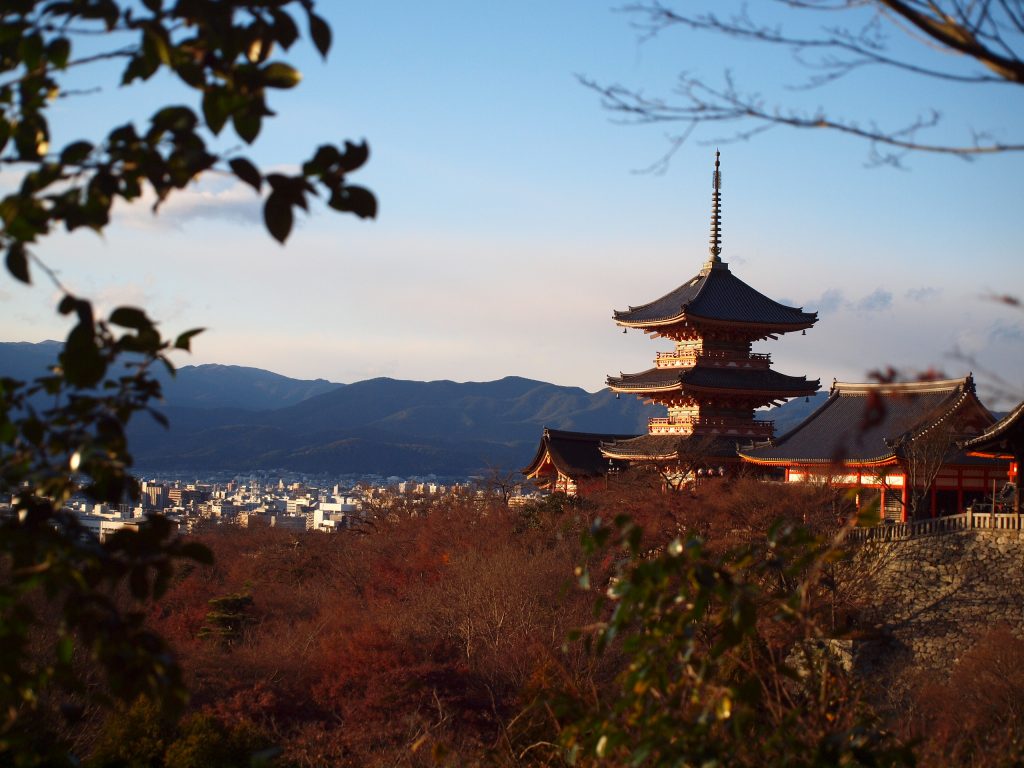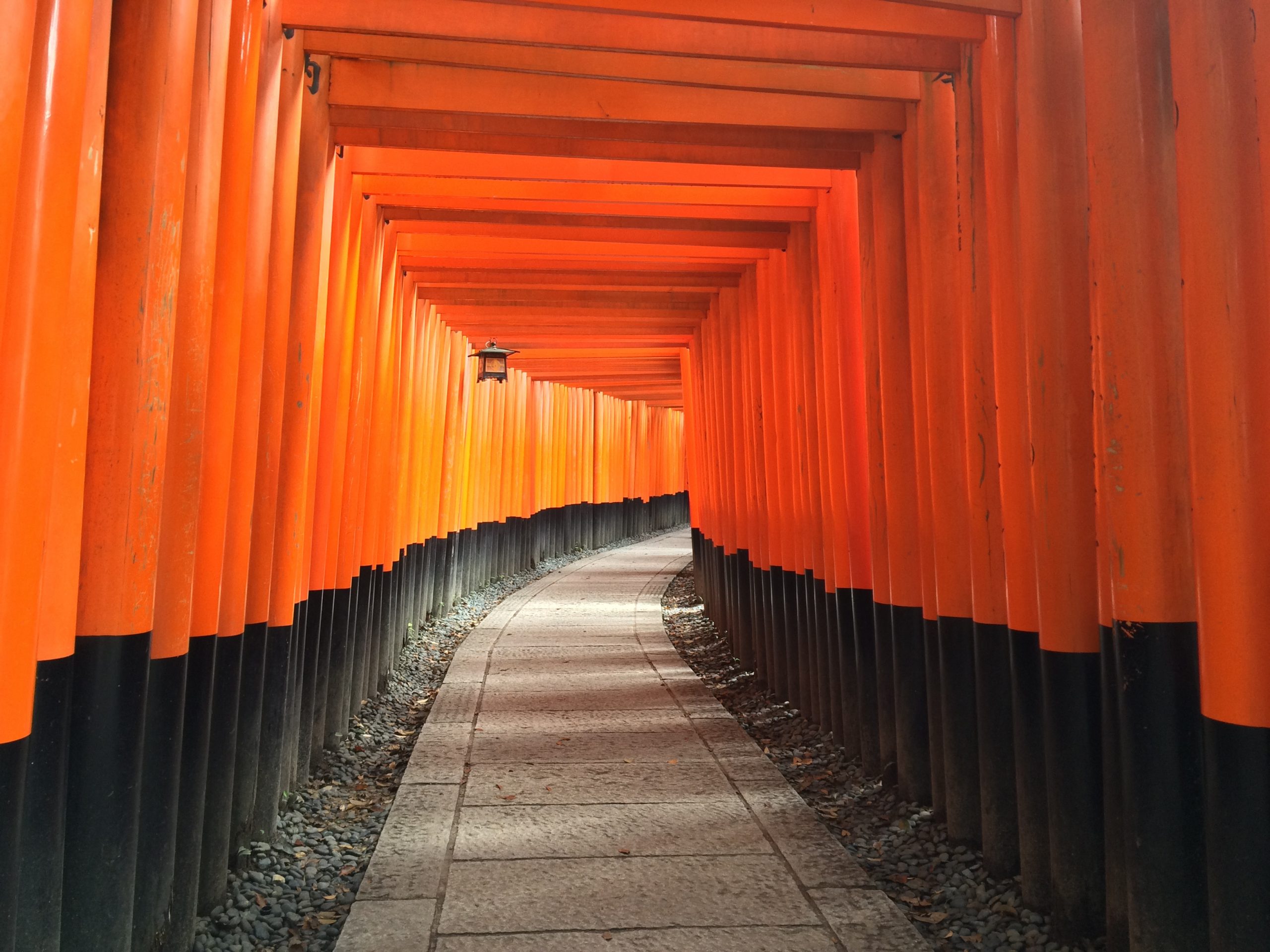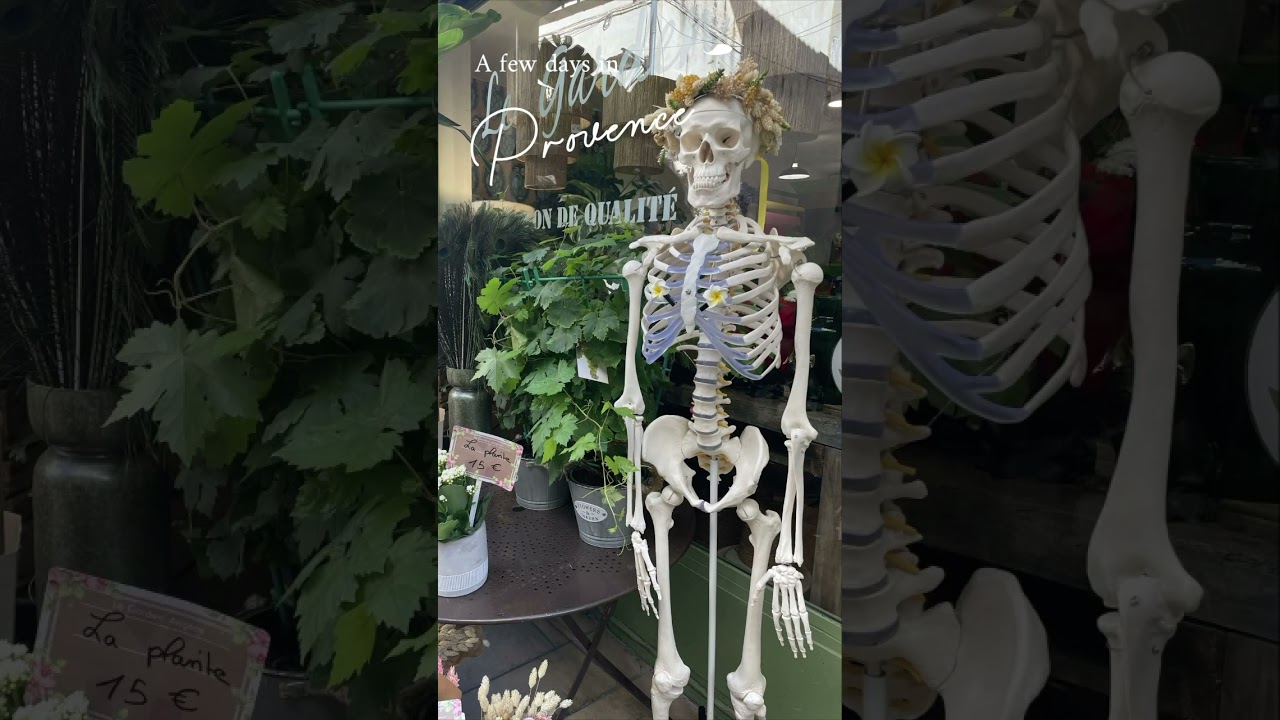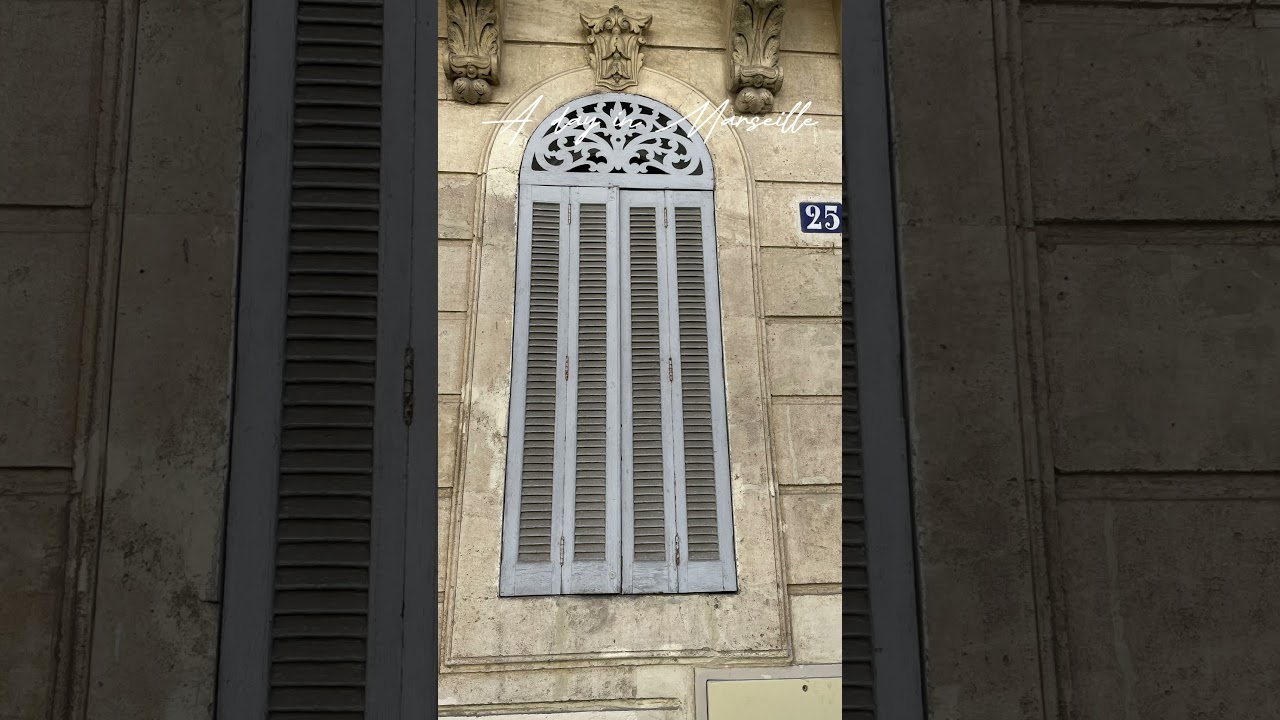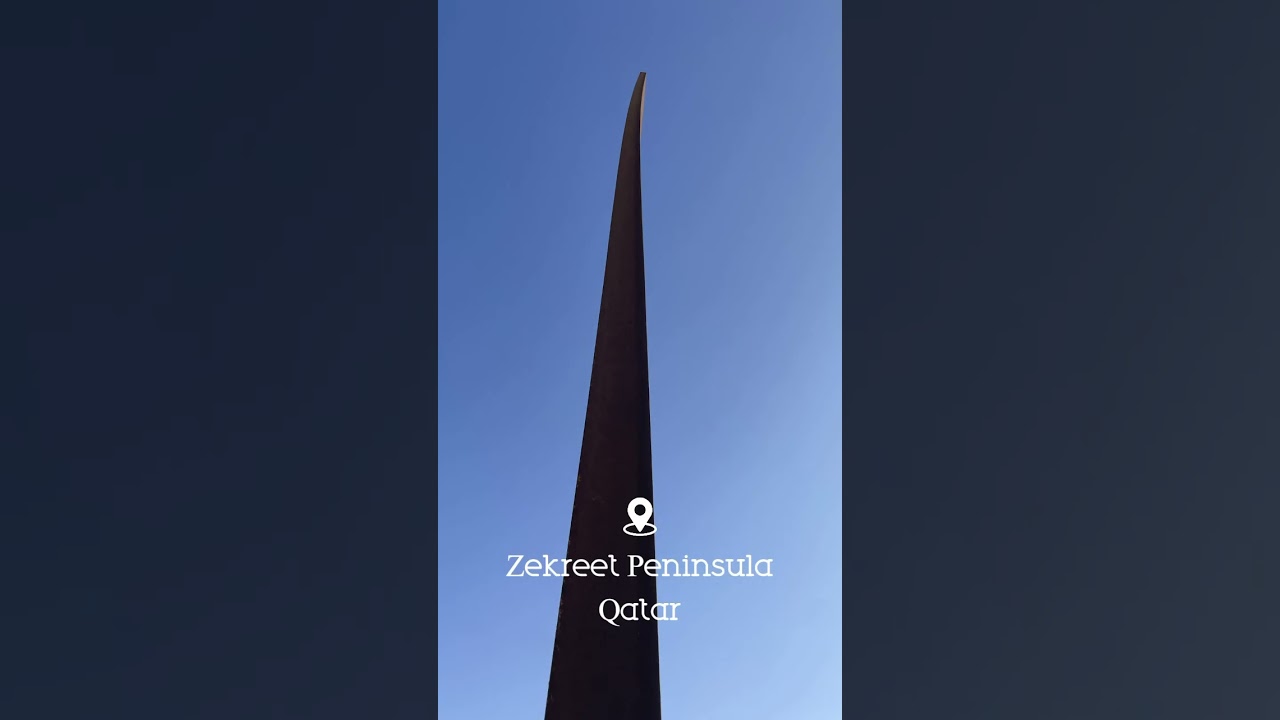Ben Groundwater gives an insight into the real Kyoto.
It’s a hoary old cliché, but today it’s true: this really is like stepping back in time. Wandering the streets of historic Higashiyama, you could have stumbled right into the 1700s – or at least a very convincing mock-up. There are no cars, no trains, no dinging chimes or flashing lights. About the only sign of modernity, if you look close enough, is the odd vending machine, boxy and unloved, tucked into the corner of a quiet back street.
This part of Kyoto has remained unchanged for centuries. It’s the Japan of misty-eyed dreams of days gone by, with its immaculate temples and manicured gardens. It’s the Japan of wood-block prints and Hokusai drawings, a Japan that only really exists now in small pockets like this quiet part in Kyoto.
Higashiyama is something of a fantasy, a heritage-listed and beautifully preserved relic of a time when emperors ruled, geishas entertained, and samurai defended. It’s a suburb of winding paved streets, of temples and shrines, of forests and gardens.
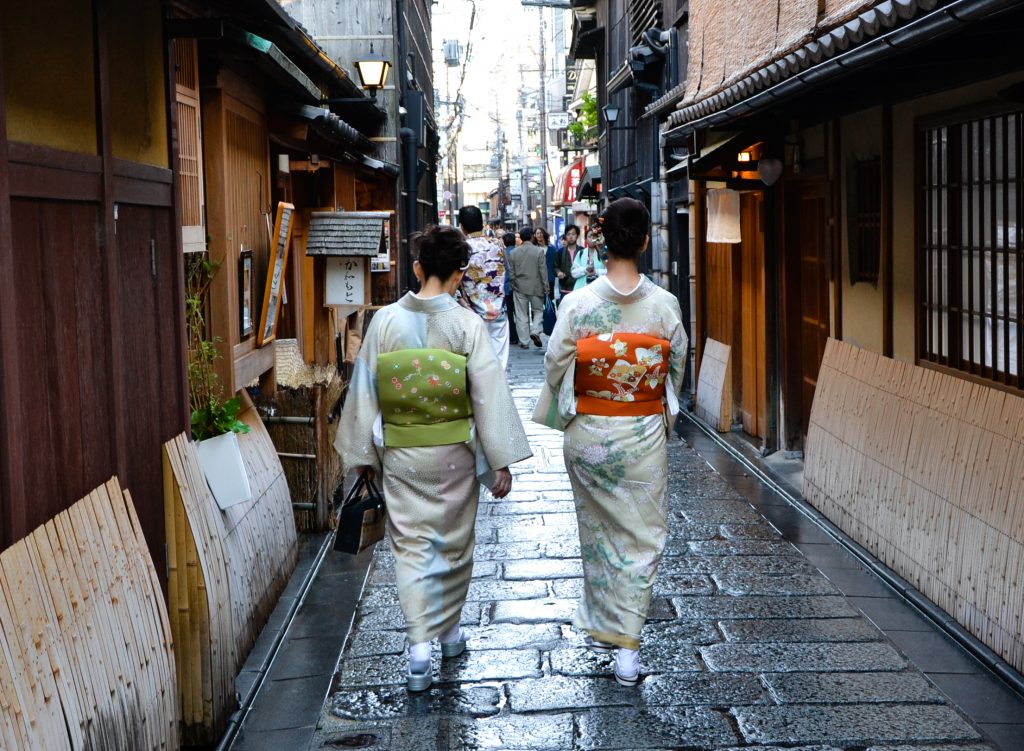
It’s also a suburb that’s very popular with modern tourists, for all of those reasons. They come to wander the streets and soak up the feeling of living in another time. They come to visit places like Kiyomizu Temple, a beautiful series of buildings and shrines with views over the city. The come to see the Kyoto National Museum. The come to stay in “ryokans”, or traditional Japanese inns, such as Tamakan, with its formal service and stunning gardens.
They come to Higashiyama for these and many other things, and then, eventually, they leave. Because the city of Kyoto doesn’t begin and end in Higashiyama, even though the photos in the tourist brochures would probably tell you so. This is only scraping the surface of this amazing city, because once you step outside those historic boundaries you find there’s still so much to see and discover.
There are no geishas, for example, wandering through the covered market area of Nishiki, a 10-minute walk across from the Kamo River that delineates the steep hills and winding streets of Higashiyama from the rest of the city. That doesn’t matter though – what you get instead is a bustling area of traditional food stalls, their displays packed with ingredients fresh and preserved, packaged and unwrapped.
Nishiki is as good a place as any to feel the real, lived-in Kyoto, the place where locals go to avoid the crush of tourists across the river. And it represents, as well, one of the Kyoto residents’ great loves: food.
This is a city with more Michelin stars per capita than any in the world. The restaurants here range from the smallest, cheapest ramen bars to the most expensive, luxurious “kaiseki” meals. Whether you’re ducking into a Gion yakitori bar or a sukiyaki joint on the banks of the Kamo, if you’re going for yakiniku – a Japanese version of Korean barbecue – near the central station or sitting down for a formal, multi-course meal at a ryokan, there is always something good to eat in Kyoto.
You could treat that food as delicious fuel for the adventuring ahead, because while Higashiyama is the perfect place to walk off those calories, the rest of the city is built for biking, with wide, quiet streets and flat terrain. There’s no shortage of shops offering rentals either, because a bicycle is the ideal vehicle for exploring the rest of the city.
Begin your pedaling journey at Kyoto’s central station and head north, past the Kyoto International Manga Museum and on to Nijo Castle, a heritage-listed, fortified palace built in the 1600s. Further to the north you’ll find Kinkaku-ji, the famous Golden Pavilion, a beautiful spot nestled by a lake in forested grounds.
Even without these world-renowned temples and monuments, however, Kyoto is an amazing place to just explore, a city in which you stumble upon shrines and gardens and temples so numerous that they can’t possibly all be covered by guidebooks or tours. They just exist, and everyone is welcome to discover them.
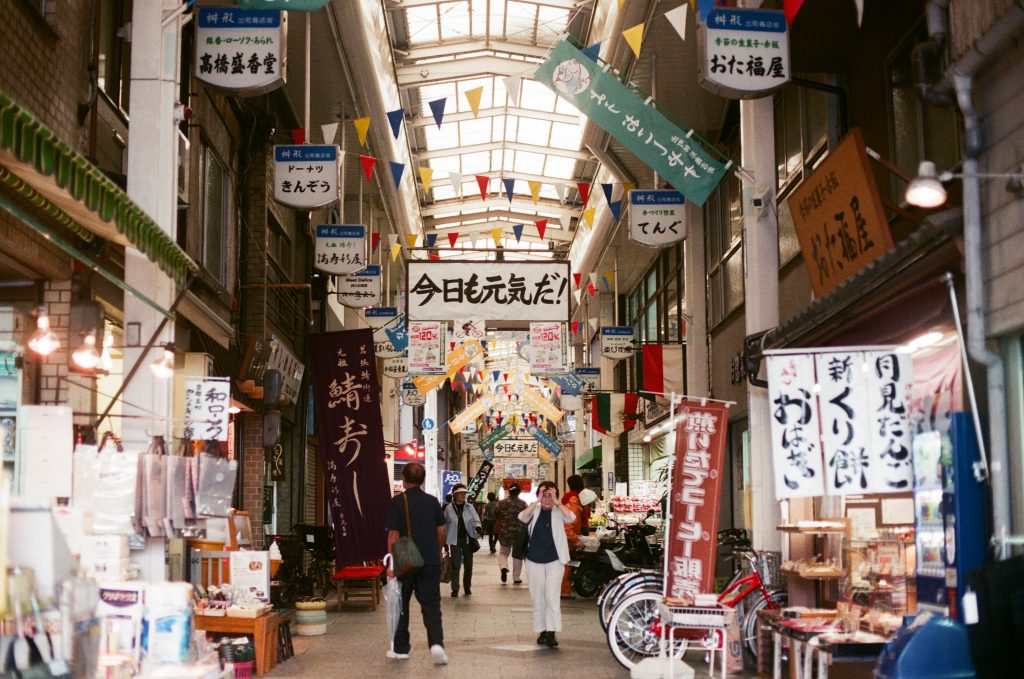
Further still to the north, however, lies an attraction that gains a mention in every guidebook, and that every tourist will come to know: the bamboo grove of Arashiyama. It takes a train ride from central Kyoto to reach this outer suburb, a quiet place with streets that are most often filled with an ever-moving line of visitors making their way up the hill and into the forest.
There lies a grove of the most enormous bamboo trees, an eerie, stunning place in which you can walk around for hours surrounded by the thin, swaying trunks of this most Japanese of flora. It’s peaceful and serene, a place the noblemen of Kyoto must once have loved to visit and contemplate.
And – as with many areas in this historic city – nothing much has changed since those days.
